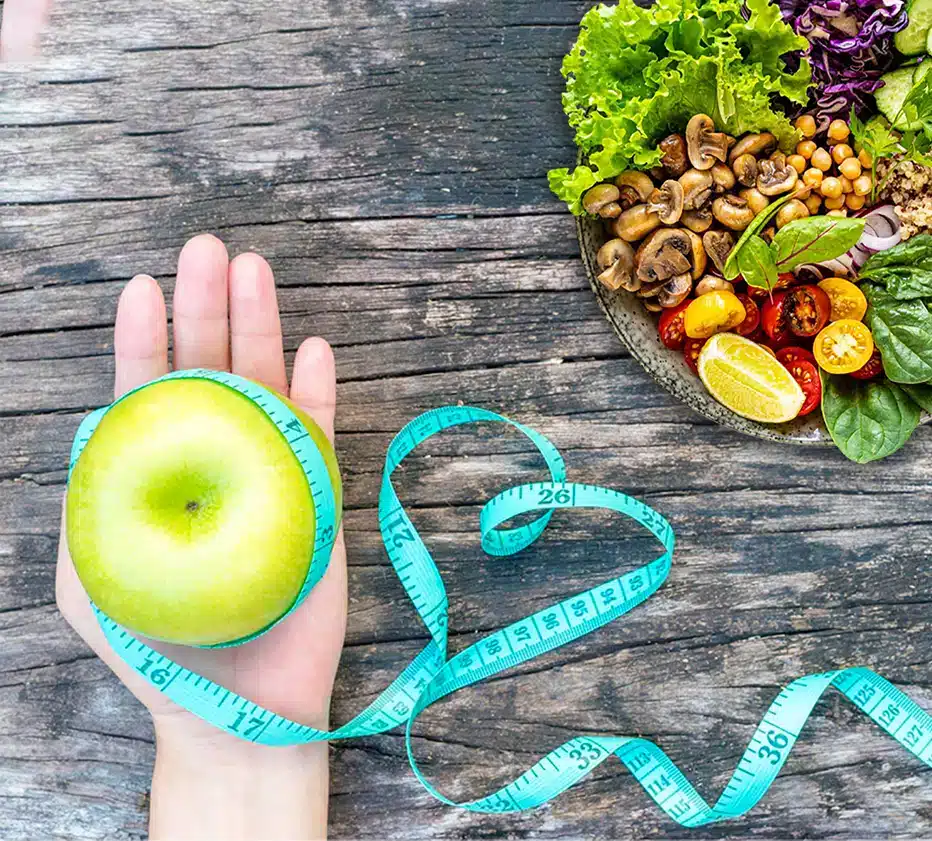Nutrition is essential for staying healthy, as it helps prevent long-term diseases like heart disease, stroke, diabetes, and cancer. It also helps your brain work better, keeps your mood stable, and keeps your energy up. However, people with low wages might not get enough nutrients, leading to malnutrition, while wealthy families can have too much food, which is also a form of malnutrition. So, getting the correct information on feeding habits becomes a vital part of fighting nutrition deficiency.
This is why National Nutrition Week is held every year from September 1 to September 7, to help people understand how important nutrition is to their general health. Using technology could help solve some of the problems with nutrition and food. Through this article, we will explore how technology is changing people’s eating habits and aiding in the fight against malnutrition.
Alternative source of protein:
According to data, 25% of Indians are vegetarians, which is the highest in the world. Apart from some foods such as soybeans, tofu, lentils, etc., the chances of a vegetarian getting protein become too lean. This is why many people are looking for alternative methods to get protein, giving rise to one of the most essential food technology trends.
The primary non-animal protein sources are lab-grown food, plant-based nutrition, edible insects, and mycoprotein. They are a more sustainable alternative to meat because they require fewer resources from the farm to the table. They also lower total costs because alternative protein sources have fewer dietary requirements and need less health monitoring. With improvements in 3D printing, fermentation, and molecular biology, people can develop more sustainable ways to get protein. Also, these ways eliminate the ethical problems associated with industrial meat production and reduce their carbon footprint.
Digital transformation technologies:
Have you heard of “HealthifyMe”? It is an app with a diet plan and workouts to help you manage your weight. This is just an example of how digital transformation can help improve how we consume food. These apps provide an affordable way for people to have a deeper understanding of nutrition and adopt healthier dietary practices. Apart from apps, there are also kitchen appliances that can help a person with portion control and ingredient scanning to promote balanced and nutritious cooking. Moreover, websites and social media posts can boost awareness about food and its nutritional value.
Electron beam technology:
E-beam irradiation is a method that has been extensively studied and does not involve heat. It could be used in the food industry to ensure microbial safety, which would protect the public’s health from diseases spread by food and keep quality high without making many changes to the way food tastes and smells. It’s also called “cold pasteurisation” because it doesn’t produce heat or raise the food’s temperature. This process sends out a certain number of high-energy E-beams to irradiate the food, damaging the microbe cell’s DNA and proteins. It gives off rays that can change atoms. Even though it doesn’t go as deep as gamma rays, it doesn’t produce any nuclear waste. Also, it reduces the number of chemicals used to sterilize things. Moreover, it doesn’t change the amount of nutrients in the food.
Food safety and transparency:
Food safety is a significant concern because customers now care more about the quality of the food they buy. However, not many have enough time to check what they are consuming. With intelligent labels and food-grading devices that customers can use, it is easy to choose food items based on their nutrition requirements. Also, new developments in blockchain and Internet of Things (IoT) devices that can track food in real time make it possible for food brands to provide end-to-end traceability. Thus, technology is improving food safety and transparency by making monitoring systems accessible and inexpensive to use on a large scale.
Forward Osmosis:
The purpose of the concentration process in food processing plants is to make food last longer until it gets to consumers. Still, not all ways of processing food are as good as others. For example, some may involve adding chemicals to the food or reducing some of its nutrients. But with forward osmosis, food products are concentrated to a higher quality than those made using traditional concentration methods. Whether it’s milk, coffee, coconut water, or other beverages, this technique operates with lower energy consumption and without applying heat. What sets it apart is its ability to naturally preserve a more significant portion of the food’s nutrients, including essential proteins and vitamins, as the concentration process unfolds.
Personalised nutrition:
As people become more aware of the importance of nutrition, they’re asking for personalised ways to eat better. This isn’t just about special diets based on genes (like nutrigenomics) but also about things they like, such as diets without sugar or gluten, vegan diets, and foods with simple ingredients. Cool things like 3D printing and robots are helping companies make personalized food for many people. There are also tests you can do at home using your blood or urine to find out what foods are best for your body based on your genes. As previously mentioned, some gadgets help you track what you eat and how healthy you are to pick the best foods for you. All this means you can eat what you like and what’s good for you. It’s making things easier for you and also helping companies sell more of the foods you want.
Conclusion
In the ever-evolving landscape of food technology, fresh innovations emerge daily to enhance dietary intake and nutritional value. While we at GrizonTech may not specialise in nutrition, our expertise lies in providing comprehensive IT solutions to address the intricate challenges that often arise in food startups.






